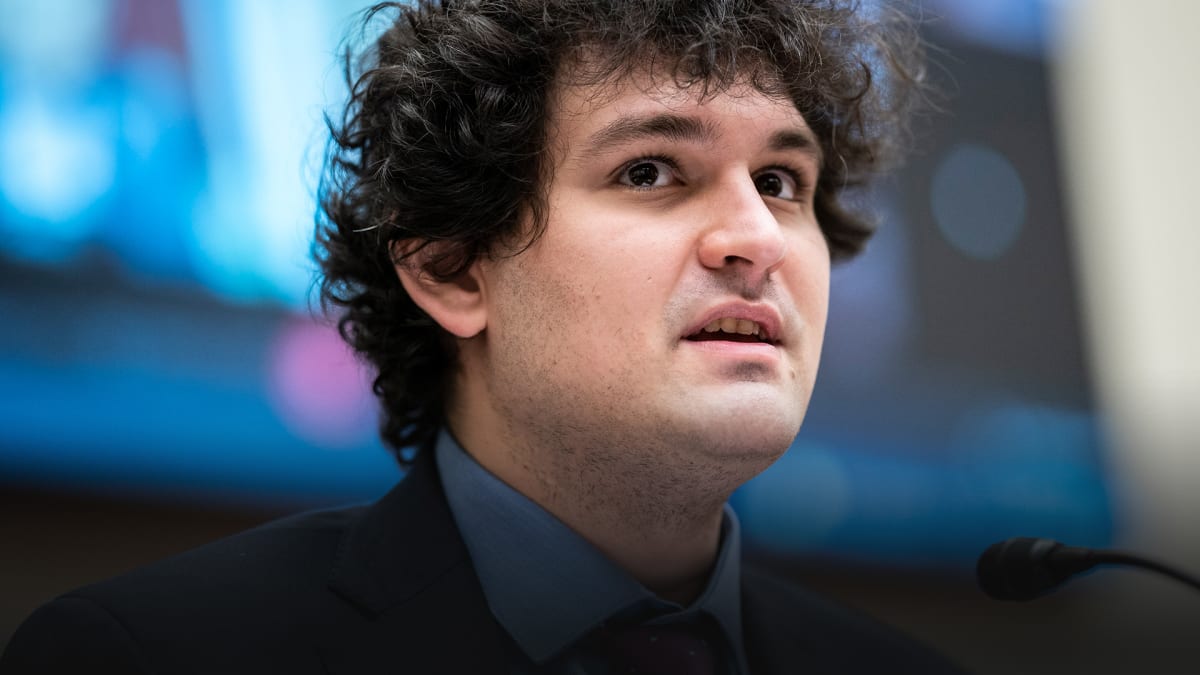
Sam Bankman-Fried went, in a week, from savior and king of cryptocurrency, to villain, liar and scammer.
Last summer, the 30-year-old former trader and his empire of FTX and Alameda Research, a cryptocurrency trading platform, were bailing out prominent struggling crypto lenders like Robinhood, BlockFi, Celsius Network, Voyager Digital and others.
He then became the banker preventing the crypto sphere from collapsing, after the sudden collapse of token sisters Luna and UST or TerraUSD, had caused an unprecedented liquidity crisis.
At the time, most companies in financial difficulty called for help from Bankman-Fried, nicknamed by his initials SBF. He was one of the richest men in the world with a fortune estimated at more than ten billion dollars by the Bloomberg Billionaires Index.
SBF was everywhere. While he lives in the Bahamas, he spent more time in Washington D.C, whispering in the ear of regulators to influence the future regulation of the cryptocurrency industry. He was also trying to influence the midterm elections, by financing the campaigns of Democratic candidates favorable to cryptocurrencies.
His grip on the crypto industry was a concern for rivals like Changpeng Zhao, the CEO and founder of Binance, the world's largest cryptocurrency exchange.
'What'
But a few months later, SBF's crypto empire is down. FTX and Alameda filed for bankruptcy on November 11. A bankruptcy that sent shockwaves through the financial markets and the crypto sector. Regulators in the United States have opened investigations.
In the Bahamas, where SBF lives and where FTX is headquartered, the authorities have opened a criminal investigation. FTX's assets were seized while Bankman-Fried was questioned by the police on November 12. For the moment, he has not yet been charged and is free.
SBF has already issued an apology. Furthermore, in the last few days, he has posted erratic messages on Twitter, a platform where he was an avid user. In a series of 10 tweets posted between November 13 and 15, the former billionaire, whose fortune plummeted from $15.6 billion on November 8 to $0, wrote "What happened."
The first message was "What" posted on November 13, followed by another tweet with only the letter "H" on the same day.
He resumed the next day with the letter "A" in a single message, followed by several other messages each time with a letter from the word "happened" up until "N."
On November 15, in the early morning, SBF posted two other messages with "E" and "D."
'My Memory Might Be Faulty'
Bankman-Fried concluded his series of messages with a more disturbing post.
"NOT LEGAL ADVICE. NOT FINANCIAL ADVICE. THIS IS ALL AS I REMEMBER IT, BUT MY MEMORY MIGHT BE FAULTY IN PARTS," he concluded in all caps.
The first part of this message echoes somewhat the warning that many crypto industry influencers and evangelists use whenever they discuss a token, to avoid being accused of promoting a project or being faced with a liability lawsuit.
The second part of the message is interesting because Bankman-fried seems to suggest that he forgot some of what caused FTX to fail.
The insolvency of FTX, which filed for Chapter 11 bankruptcy on November 11, appears to have occurred when its founder, Sam Bankman-Fried, reportedly transferred $10 billion of customer funds from FTX to his cryptocurrency trading platform Alameda Research, according to Reuters, citing two sources that "held senior FTX positions until this week.
FTX faces a shortfall of $1.7 billion, one source told Reuters, while the other source said between $1 billion and $2 billion was missing. Bankman-Fried, who resigned as CEO, was once hailed as the savior of the sector during the liquidity crisis of last summer. His company was valued at $32 billion in February.
FTX's financials also showed there was a "back door" in the books that was created with a "bespoke software," according to the news outlet. It was described as a way that Bankman-Fried, who resigned on November 12, could alter the firm's financial records without alerting other people.
But Bankman-Fried denied the existence of a "back door."
As a crypto exchange, FTX executed orders for their clients, taking their cash and buying cryptocurrencies on their behalf. FTX acted as a custodian, holding the clients’ crypto currencies.
FTX then used its clients’ crypto assets, through its sister company’s Alameda Research trading arm, to generate cash through borrowing or market making. The cash FTX borrowed was used to bail out other crypto institutions in the summer of 2022.
At the same time, FTX was using the cryptocurrency it was issuing, FTT, as collateral on its balance sheet. This represented a significant exposure, due to the concentration risk and the volatility of FTT.







